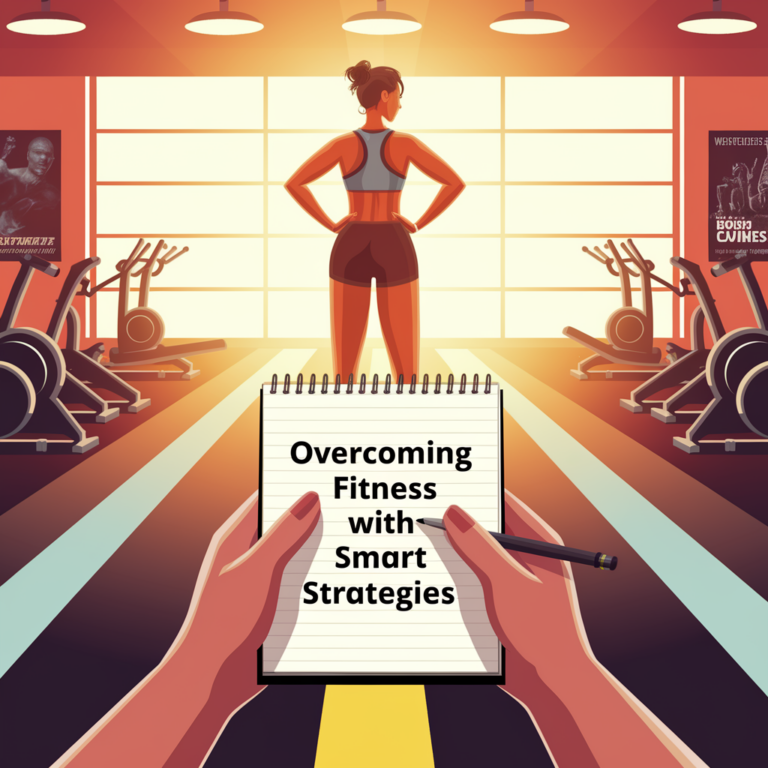The Role of Technology in Modern Sports Training
It’s hard to believe that just a couple of decades ago, many athletes were still relying on rudimentary training tools and old-school coaching methods. Fast forward to today, and technology has revolutionized the world of sports training in ways that would make even the most seasoned coaches do a double take. From wearable tech to data analytics, the tools available for athletes are now more advanced than the training methods of past decades combined. But what does this mean for the athletes, trainers, and the sports industry as a whole?
A Paradigm Shift in Training Methods
When I think back to my own school days, sports training was a straightforward affair—run laps, lift weights, and do countless drills. While those methods still hold value, the introduction of technology has transformed how athletes prepare for competition. Consider the rise of GPS tracking, which allows coaches to monitor an athlete’s movements, speed, and even fatigue levels in real-time. This kind of data was once only available to elite athletes; now, it’s accessible to amateur athletes and weekend warriors alike.
Take, for example, the world of soccer. Clubs like Manchester City and FC Barcelona have been at the forefront of this technological revolution. They use sophisticated tracking systems that provide insights into players’ performances during training sessions. These systems can analyze everything from sprint speeds to heart rates, helping coaches tailor training regimens to individual needs. It’s like having a personalized coach, minus the whistle and the sometimes intimidating presence.
Wearable Technology: The Athlete’s New Best Friend
Ah, wearable technology—what a game-changer! Fitness trackers, smartwatches, and specialized athletic wear have become essential components of modern sports training. These devices not only track physical activity but also provide crucial feedback on an athlete’s performance. For instance, a runner might wear a smartwatch that monitors heart rate, distance, and pace. This data can be invaluable for fine-tuning training plans.
One of the most popular devices among professional athletes is the WHOOP strap, which provides insights into recovery, strain, and sleep quality. It’s not just about how hard you train; it’s about how well your body recovers. I remember chatting with a triathlete who swore by his WHOOP strap—he claimed it helped him avoid injuries by keeping him in tune with his body’s needs. You know something’s working when you’ve got athletes like him raving about it.
Data Analytics: The New Frontier
Now, let’s talk about data analytics—if there’s one buzzword that’s been thrown around in sports training discussions lately, it’s this one. The ability to collect and analyze vast amounts of data is changing the landscape of coaching. Coaches can now draw on statistical analyses to inform their decisions, from training intensity to game strategies.
Imagine a basketball coach analyzing shot percentages based on player positioning. By leveraging analytics, they can determine the best spots on the court for their players to shoot from. This isn’t just theory; teams like the Golden State Warriors have successfully utilized analytics to enhance their gameplay. Their approach has turned statistical insights into championship titles, illustrating the power of data-driven decision-making.
Virtual Reality: Training in a New Dimension
Virtual reality (VR) might sound like something out of a sci-fi movie, but it’s making waves in sports training too. Athletes can immerse themselves in simulated environments, honing their skills without the physical toll of traditional training. For instance, a quarterback can practice reading defenses in a virtual stadium, allowing them to react to game situations without the risk of injury.
I recently spoke with a coach who implemented a VR training program for his football team. He noted that players felt more prepared for real-life game situations after practicing in a virtual environment. It’s a great way to blend physical training with mental preparation—pretty neat, right? (And let’s be honest, who doesn’t want to feel like they’re living in a video game?)
Enhanced Recovery Techniques
Training hard is important, but recovery is equally crucial. Enter technology again, with innovations aimed at speeding up recovery times and reducing the risk of injury. Cryotherapy, for example, involves exposing the body to extremely cold temperatures to promote healing. Athletes have reported feeling rejuvenated after just a few minutes in a cryo chamber, almost like a superhero emerging from a winter wonderland.
Another fascinating development is the use of electrical stimulation devices. These gadgets send electrical impulses to muscles, promoting recovery and reducing soreness. It’s like having a personal masseuse on standby, minus the awkward small talk. I’ve seen athletes use these devices post-training, and it’s hard not to be envious of their recovery methods!
The Role of Coaches in a Tech-Driven World
With all this technology at our fingertips, one might wonder: what happens to the traditional coach? Are they becoming obsolete? Not quite. Coaches remain the backbone of an athlete’s training. They’re tasked with interpreting the data and integrating it into effective training programs. Technology is simply a tool—a powerful one, but a tool nonetheless.
That said, the dynamic between athletes and coaches is evolving. Coaches must now be technologically savvy, able to interpret data analytics and adjust training plans accordingly. I recall a conversation with a coach who joked that he felt like a tech support specialist more than a coach some days. It’s a brave new world out there!
Inclusivity and Accessibility
One of the most remarkable aspects of technology in sports training is its potential for inclusivity. High-tech training tools were once exclusive to elite athletes, but now, they’re becoming more accessible to the average person. Apps like Strava and MyFitnessPal have democratized training, allowing anyone with a smartphone to track their workouts and connect with others in the fitness community.
This shift is particularly exciting for youth sports. Many organizations are now using technology to engage young athletes and teach them the fundamentals of their sport in a fun, interactive way. Gamifying training can keep kids invested and excited about their development. Who wouldn’t want to train like a pro while feeling like they’re playing a video game?
The Future: What Lies Ahead?
As we look to the future, one can’t help but wonder what lies ahead for technology in sports training. Artificial intelligence (AI) is already starting to creep into the scene, with predictive algorithms that can help coaches anticipate an athlete’s performance based on historical data. It’s kind of spooky when you think about it. Will a robot coach be calling the shots in a few years?
Moreover, advancements in biotechnology promise to enhance athletic performance in unprecedented ways. Imagine if we could customize training regimens based on genetic profiles—talk about a personalized approach! Of course, this raises ethical questions that we’ll need to grapple with as we move forward.
Final Thoughts
In the grand tapestry of sports training, technology plays a significant role in shaping the future. The tools available today are empowering athletes, coaches, and trainers to achieve new heights. As we embrace these innovations, we must also remember the fundamental principles of hard work, determination, and teamwork that have always been at the core of sports. Technology should enhance, not replace, the human element that makes sports so special.
As I reflect on the evolution of sports training, it’s clear that the marriage of technology and athletics is only just beginning. Whether it’s through wearables, data analytics, or virtual reality, the possibilities are endless. So, the next time you’re out on the field or court, take a moment to appreciate the incredible advancements that have paved the way for athletes today. After all, it’s not just about the final score; it’s about the journey—and the technology that makes it all the more exciting.









